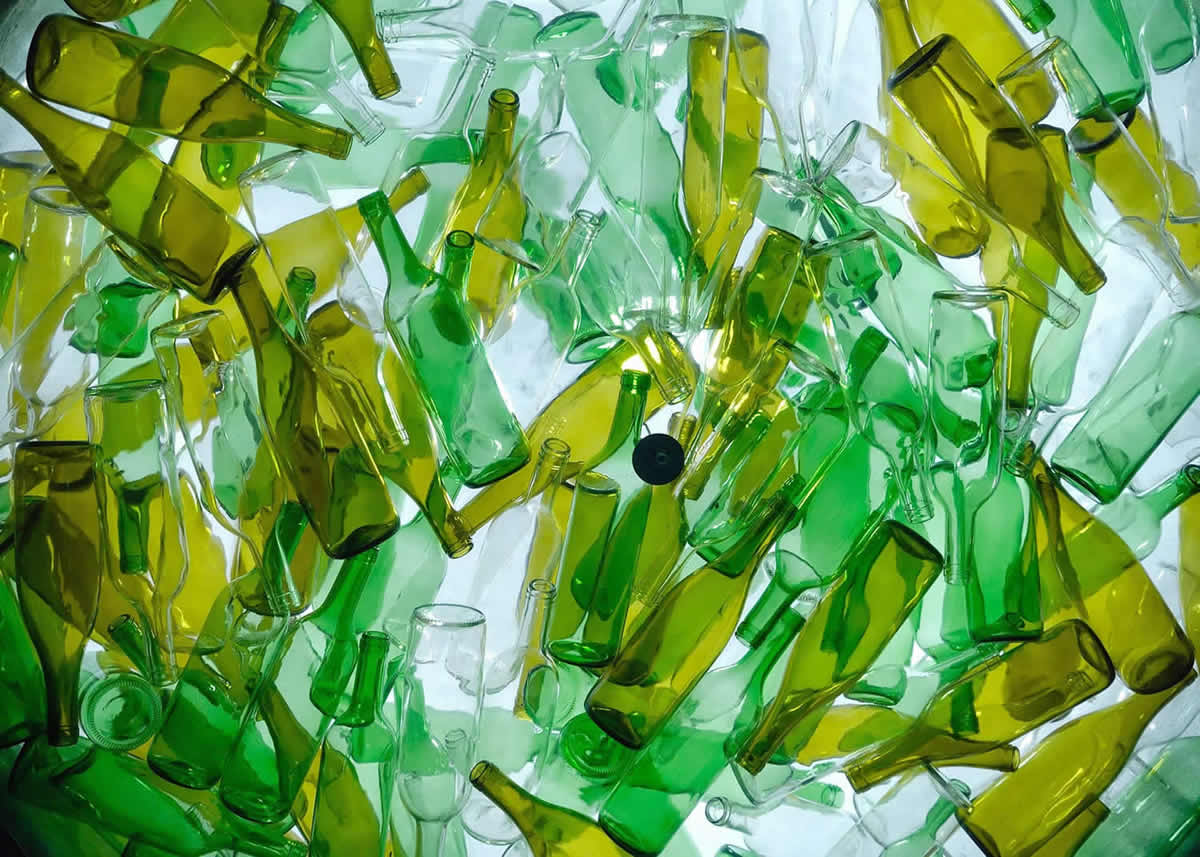Why Recycling is Not Enough: A Four-Point Strategy for Change

Creating a circular economy is predicated on our ability to design products and packaging from the beginning to end so their component parts can be broken down and returned as feedstock for new production. For as long as I can remember and for good reason, our priority has been recycling because good design intentions rely on robust collection and processing networks to capture those valuable materials at end-of-life, but what about the resources used to create products and packaging in the first place? Should we not give the same thoughtful consideration to the front end of the lifecycle as we do to recycling? My moment of clarity was this: it is time we re-balance the conversation and give more weight to choices that impact our long-term access to primary raw materials.
A narrow focus on one sustainability outcome will undermine the goals of the circular economic model which aims to preserve stable and reliable access to primary materials over time by relying on more renewable resources; reducing resource consumption through intelligent design; reusing and recycling post-consumer products; using extracted resources more efficiently; and minimizing energy use at every stage in the process.
Today, recycling alone is not enough. A balanced approach is needed that gives equal weighting to both the front and back end of the product and packaging life cycle. This summer Tetra Pak launched a campaign Moving To The Front: A Call For A New Industry Commitment to Renewability. It is our attempt to change tracks and get people thinking about not only recycling, which we are very much committed to, but also the development and use of non-depleting, non-polluting primary materials. For our packaging specifically, we are working towards achieving a fully renewable package that uses paperboard and bio-based polymers from responsibly-managed suppliers which maintain the same high quality standard as our traditional packages without compromising their recyclability. In Brazil, all of our packages now use bio-based low-density polyethylene (LDPE) increasing renewable content to as much as 82 percent.
We acknowledge that these decisions are fraught with complexity and we don't expect to get to 100 percent renewability overnight. We do, however, know that plastics derived from fossil fuels have an expiry date and as oil becomes more difficult and costly to extract, the price will eventually exceed a threshold (financial and environmental) that we simply cannot afford and it is only prudent we seek alternatives. Recent advancements in the bio-based chemicals industry, such as the use of sugarcane (which can be planted on degraded pastures without competing with food crops) combined with rigorous sourcing standards, gives us confidence that bio-plastics is a solid choice for long-term supply chain resiliency and the environment.
From Linear to Circular: How do we get there?
According to KPMG, one of the world's largest auditing firms, "the message is clear: over the next 20 years, demand for material resources will soar while supplies will become increasingly difficult to obtain." On a more hopeful note, McKinsey & Company believe with the right mindset, these constraints fuel ingenuity and will lead companies to radically optimize their use of resources while accelerating alternative technologies. The Ellen MacArthur Foundation has valued the circular economy at more than $1 trillion USD annually for the global economy. I was recently asked what was needed to jumpstart the transition to a circular economy in North America. My response was a 4-point strategy:
1. Educate the masses: Many consumers and even some policymakers are simply unaware of the risks posed by resource and water scarcity, climate change, deforestation, population growth and other factors. For those who are aware, many are overwhelmed by the scale and complexity of the problem. Explaining the "why" and the "how" will create buy-in. By getting buy-in, consumer demand and government support will drive aggressive action.
2. Broaden the conversation: Currently, there is a single-minded focus on recycling in North America and preferential treatment for recycled content can restrict intelligent design choices that maximize sustainable outcomes. The discourse around sustainability should include resource efficiency from the front-end of product/packaging design. Facilitating the dialog can answer questions, inspire ideas and form new relationships to drive transformation.
3. Get the prices right: Pricing and the availability of robust substitutes is currently a major barrier to adopting new sustainable materials. Bio-based materials from responsible sources are currently more expensive than their conventional counterparts. We hope that once the consumer goods industry understands the benefits of renewable materials, demand will grow; leading to greater supply and more competitive prices. Over time, putting a price on environmental degradation and internalizing the cost of risk and waste would go much further by providing a powerful incentive to transition to restorative practices.
4. Build Strong partnerships: As the Plant PET Technology Collaborative (PTC) has shown, collaboration across companies and even sectors fosters innovation and accelerates the deployment of new technologies. Food and beverage innovators are turning their attention to renewable and responsibly-managed sources for packaging and product design. We need to strive together to keep up this momentum if we are to transform supply chain uncertainty into supply chain resiliency and get on track to a circular economy.
Related
About the Author
Elisabeth Comere
Elisabeth Comere is Director of Environment and Government Affairs at Tetra Pak, the world leader in packaging and food processing solutions. In this role, she focuses on advancing the Tetra Pak's commitment to sustainability in the U.S. and Canada and is involved in various industry and customer packaging and sustainability initiatives.
